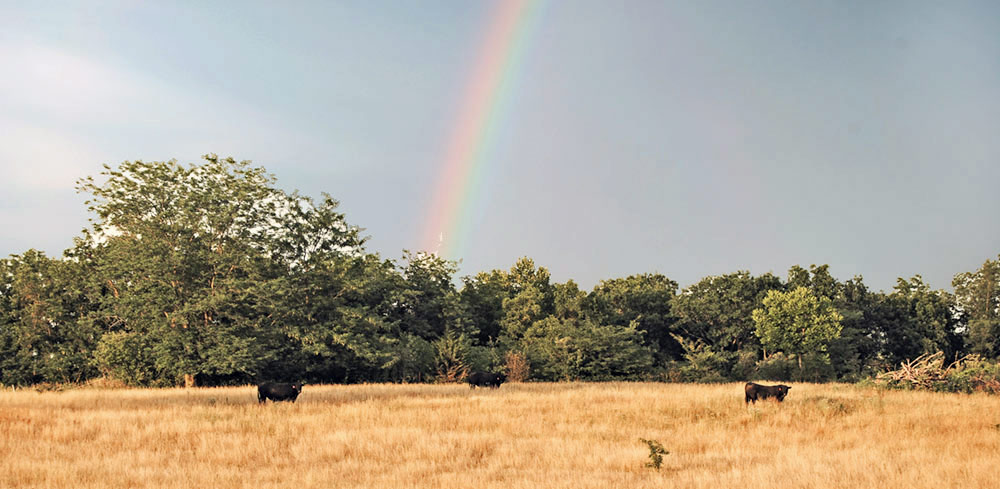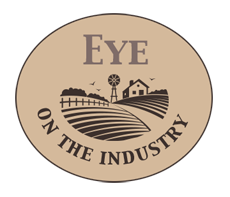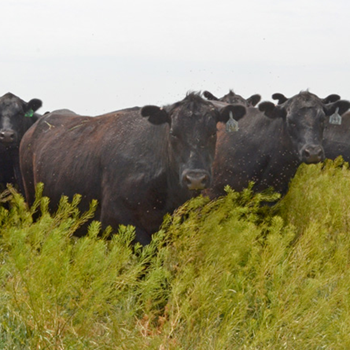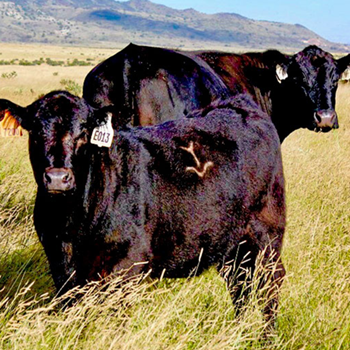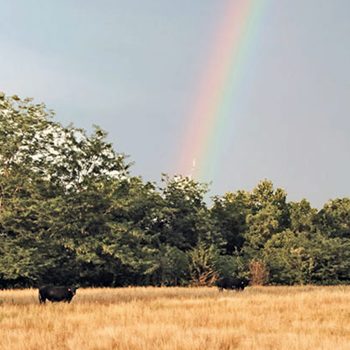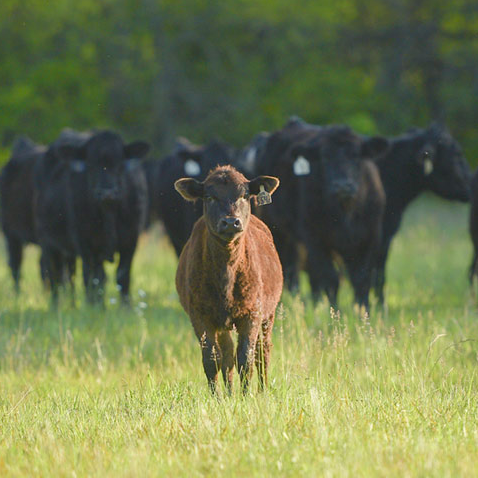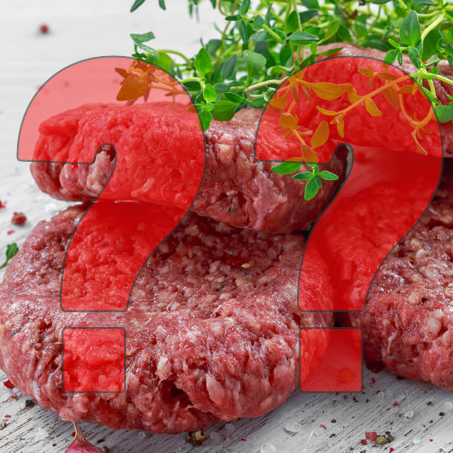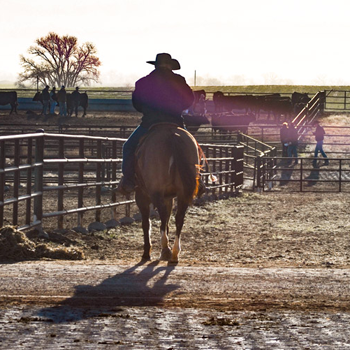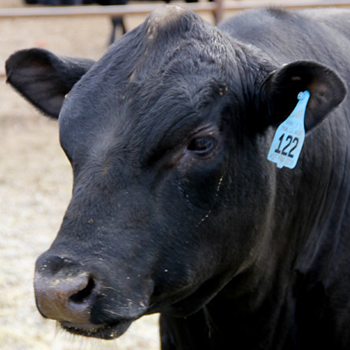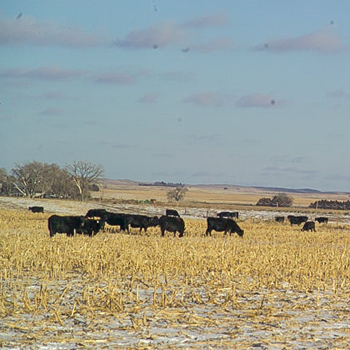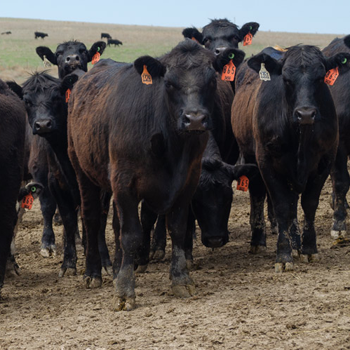Supplementing Forages on a Budget
Lessen hay needs by feeding smarter, not harder.
It is said that cow-calf producers are engaged in an inherently low-margin business. The costs associated with maintaining a cow herd are high, with feed costs comprising the lion’s share of total expenses. That’s why Eric Bailey claims the No. 1 key to managing cow costs is to control expenditures for supplemental feed. The University of Missouri beef nutrition specialist shared tips for doing just that during a Cattlemen’s College® educational session conducted at the 2020 Cattle Industry Convention Feb. 5-7 in San Antonio, Texas.
